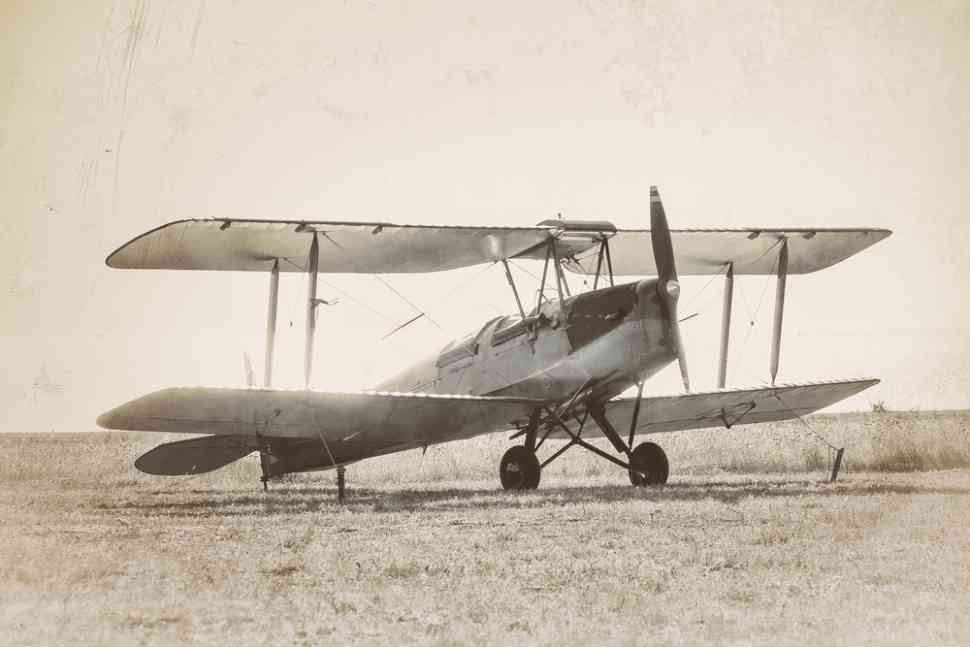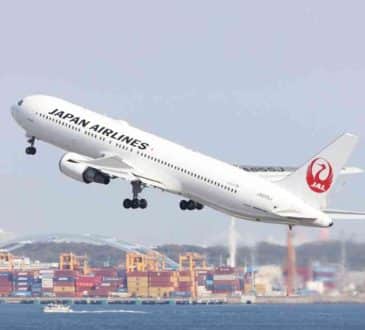The History Of The Planes: An Exciting Story

The means of transportation have helped us with things in our lives. They are useful development of the economy, tourism, and trading. The primitive man moved in search of food or out of curiosity to know his surroundings or even to protect himself from various physical dangers. Humanity quickly realized that our natural endurance to travel comes with certain limits. One of the most remarkable discoveries is the airplane. The plane is a flying device, although it is heavier than the air. It has motionless fins that create buoyancy force while it moves with the tractive force of the engine. It is used for the transportation of people and goods, but also for war purposes.
According to many ancient religions, people believed that their gods had the ability to fly, and they pictured them flying in the sky. The first serious attempt to analyze flight was made by Aristotle in ancient Greece, but still, physics was not developed enough to support his studies. Many centuries would have to pass until humanity decided to focus on this vision again. In the 15th century, Leonardo da Vinci tried to support theoretically the possibility of manufacturing flying machines, studying the flight of birds carefully. After many experiments, he concluded to the very correct conclusion that there is a connection between the weight of the bird and the length of its wing, and he assumed this would help humanity build a flying machine. So he assumed that in order to fly, a man needs wings about 12 meters long. Designed and manufactured many models of flying machines, and non of them was completed.
Later it was noticed that some birds could fly without flapping their wings, just gliding through the air. However, scientists Borelli and Guk proved that a human could not fly just by using their own muscular strength. After that, people realized that building a machine to help them conquer the sky was their only option. From 1670 to 1780, there were too many failed experiments to build one machine, but after the discovery of the balloon in 1783, things changed rapidly. In the next 120 years, the balloon experienced a huge development and acceptance as the solution to the problem of man’s flight.
The Wright brothers were inventors and aviators. They managed to build a plane that achieved stable flight. The interesting part was that this device could also carry a passenger. Seeing its strategic importance, many governments focused on plane construction primarily for military use, especially during World War I. The airplane was used on an even larger scale in the second
World War. At the end of the war, the Germans built a turboprop plane. After that, rocket-powered planes were built. In the meanwhile, the balloons could rest in the air static, like bodies lighter than air according to the principle of Archimedes for the buoyancy of bodies. But the support of a body heavier than air can be made according to the laws of aerodynamics, and that was the biggest problem scientists had to solve. In the period 1799-1810, Baron Cayley set the basic rules for the construction of airplanes as we know them today and is considered to be the real inventor of modern airplanes. The first machine that would fly in the sky while it was heavier than air was designed in 1842 by Henson. Ever since airplanes have been produced and used massively. If you think about it, now we are trying to figure out ways to transform our cars into flying devices that will also have the ability to move on the ground. We live in a machine world, and transportation is quite responsible for that. If there is one thing we are blessed to enjoy this is traveling and we can only be grateful for that.
Have you read?
5 Ways to Build Resourceful Leadership Behaviors by Dr. Deana Murphy.
The dreaded ‘R’ word that won’t go away in 2023 by Ingrid Maynard.
The Power and Limitations of AI in Digital Marketing by Ryan Jenkins.
Rising Market Power of Technology Increases Inequality and Destroys Democracy by Mordecai Kurz.
The Impact of Artificial Intelligence on Medical Training and Careers by Dr. Payam Toobian.
Add CEOWORLD magazine to your Google News feed.
Follow CEOWORLD magazine headlines on: Google News, LinkedIn, Twitter, and Facebook.
This report/news/ranking/statistics has been prepared only for general guidance on matters of interest and does not constitute professional advice. You should not act upon the information contained in this publication without obtaining specific professional advice. No representation or warranty (express or implied) is given as to the accuracy or completeness of the information contained in this publication, and, to the extent permitted by law, CEOWORLD magazine does not accept or assume any liability, responsibility or duty of care for any consequences of you or anyone else acting, or refraining to act, in reliance on the information contained in this publication or for any decision based on it.
Copyright 2024 The CEOWORLD magazine. All rights reserved. This material (and any extract from it) must not be copied, redistributed or placed on any website, without CEOWORLD magazine' prior written consent. For media queries, please contact: info@ceoworld.biz
SUBSCRIBE NEWSLETTER








